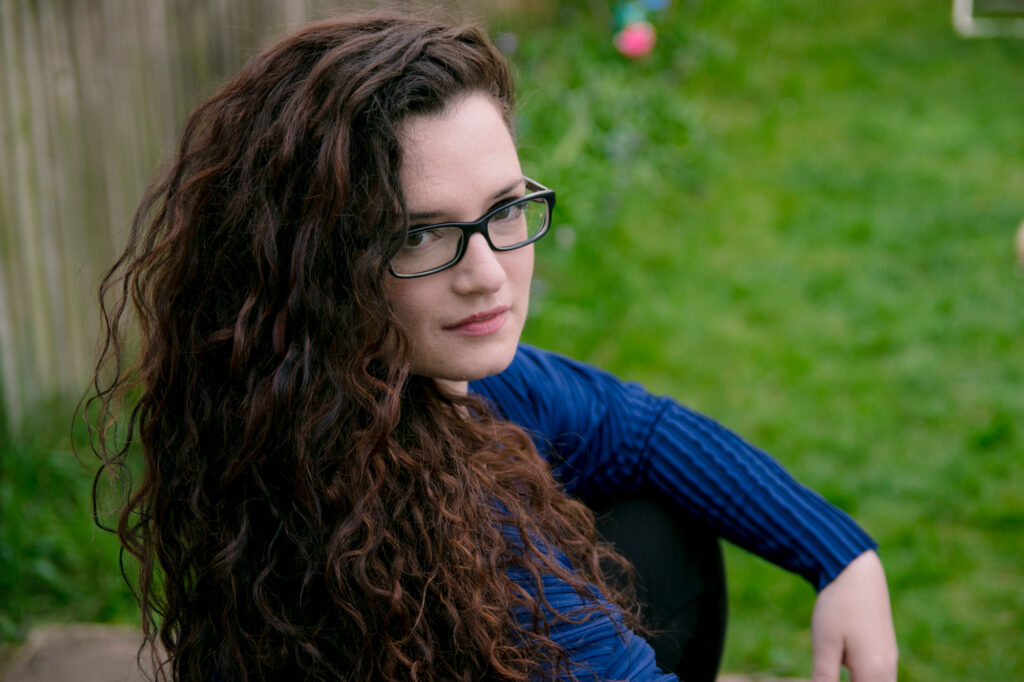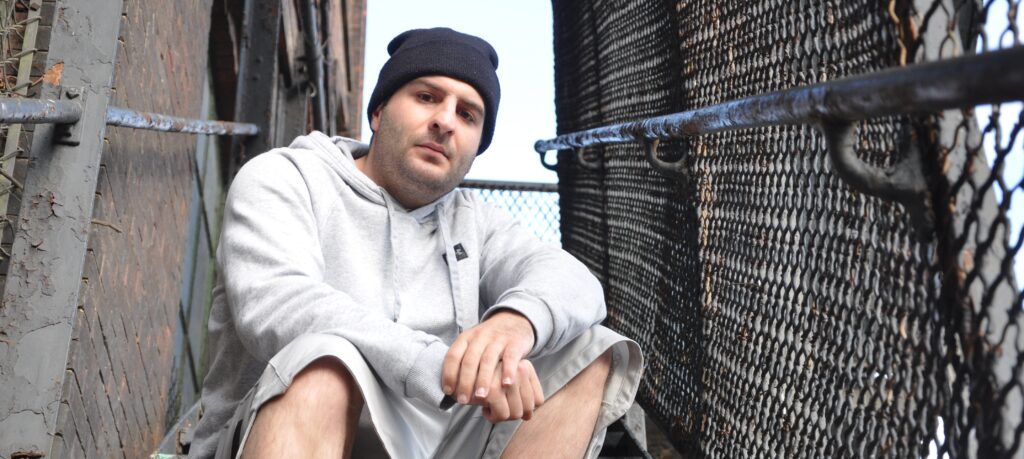

Being queer
Queer people are not as regularly mentioned as other LGBT+ persons. So what is queer, exactly?
The term “queer” has a complex history and has been used as a derogatory term for members of the LGBTQIA+ community, however, it has been reclaimed by many as a term of empowerment and inclusivity. Queer can be used as an umbrella term that encompasses a wide range of identities and experiences, and it can include people who identify as lesbian, gay, bisexual, transgender, non-binary, and many other identities. It can also include people who do not identify with any particular label, but who feel that their experiences and identities fall outside of societal norms and expectations.


Gender fluidity is one aspect of queer identity that refers to the idea that one’s gender identity is not fixed and can change over time. A gender-fluid person may feel that they are a mix of different genders or that their gender changes depending on the situation. They may also feel that they don’t fit into any particular gender category at all. Gender fluid individuals often reject the traditional concept of two genders and embrace a more fluid and flexible understanding of gender.


It’s important to note that gender fluidity is different from gender expression which refers to how one presents their gender through clothing, hairstyles, mannerisms, and other forms of self-expression. Gender identity, which is one’s internal sense of one’s own gender, is different from sexual orientation, which refers to the gender(s) to which one is attracted. Gender fluidity is also different from being transgender, which refers to an individual whose gender identity does not match the sex they were assigned at birth.


In summary, Queer is an umbrella term, that encompasses a wide range of identities and experiences, and Gender fluidity is one aspect of queer identity that refers to the idea that one’s gender identity is not fixed and can change over time.






